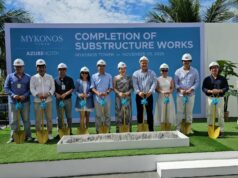The DOH regional office said the new cases bring to a total of 1,977 cases of HIV in the region since 1984, with 208 of them developing into the deadly Acquired Immunodeficiency Syndrome (AIDS). The average age of the victims was 28, the office noted.
Faced with such situation, the DOH said HIV treatment hubs in Bataan and Nueva Ecija are to be established within this year. Nueva Ecija topped in the number of HIV cases, although exact figures on the distribution of the ailment in
the region was not immediately available.
“We want to expand because of the big population of Central Luzon. These proposed hubs are located in Nueva Ecija and Bataan,” DOH HIV Medical Coordinator Maria Eloisa Vidar said during Thursday’s regional launch of High Impact Five (HIF).
Vidar said that at present, Central Luzon has HIV treatment hubs at the Jose B. Lingad Memorial Regional Hospital in the City of San Fernando, Pampanga and James L. Gordon Memorial Hospital in Olongapo City. Medical examinations are given and medicines are dispensed through these hubs, but there are 91 HIV testing centers in the region.
Vidar said the DOH has been appealing to Central Luzon folk to avail themselves of confidential HIV testing and counselling in the 91 testing centers.
“The stigma of testing is there in the communities and in all settings and that is the reason why we need to put a little strategy on our regular advocacy and involve different sectors including community-based organizations. There is also a need to identify (and train) peer educators,” Vidar stressed.
Males having sex with males, people in prostitution, and people who inject drugs constitute most of the cases in Central Luzon.
“Before HIV-AIDS is a death sentence but now it is eminently treatable,” Dr. Julian Bilous of UNICEF Philippines said.




